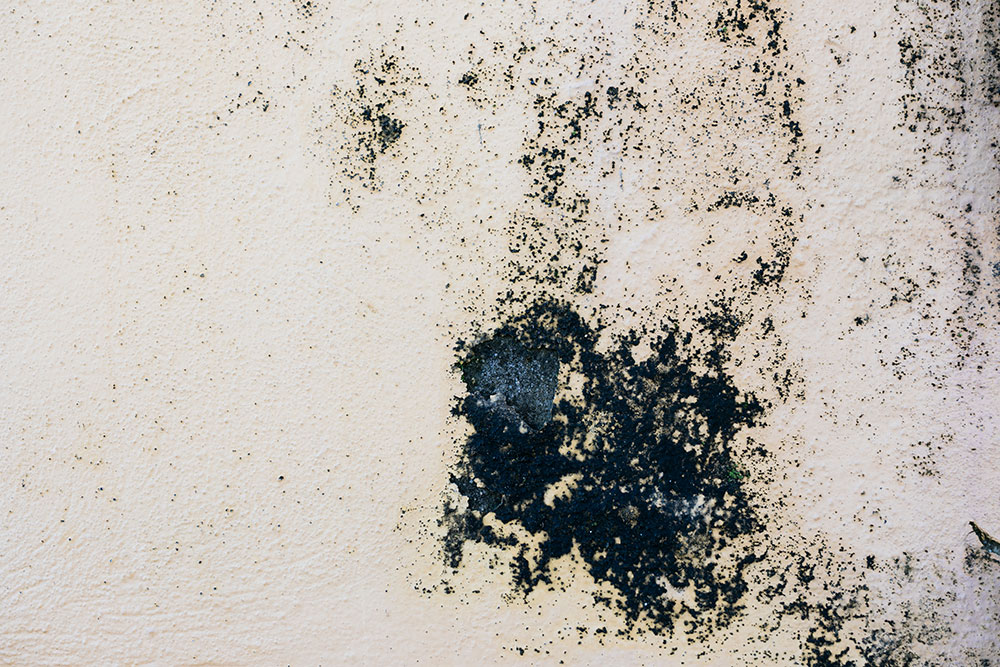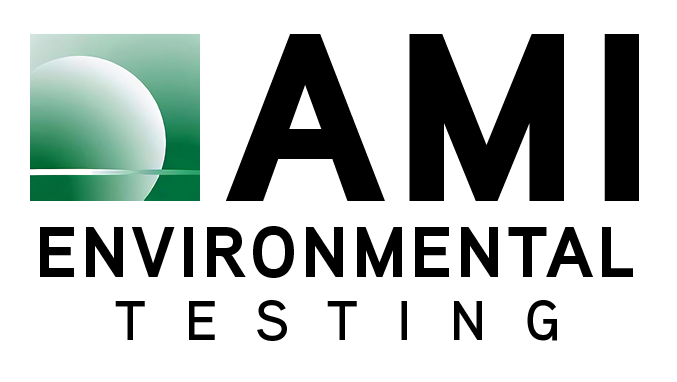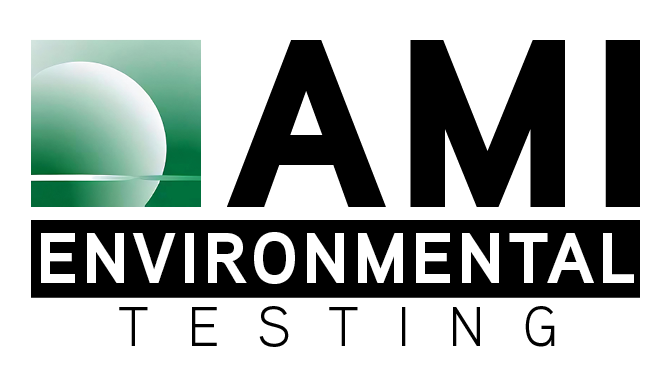
Mold growth and associated moisture problems are among the most common—and serious—facility problems we tackle. Unresolved mold and moisture issues can pose serious risks to occupant health and inflict costly damage to facilities. We handle mold issues that range from visible mold growth to moldy smells to hidden mold infestations to controlling microscopic spores in healthcare settings.
Mold and Moisture
Mold is a natural part of our environment; however, excessive mold growth in the indoor environment may cause harmful effects on occupants.
Our staff of industrial hygienists and scientists are experienced in recognizing and understanding the issues involved in moisture intrusion and mold contamination and can develop a sound, cost-effective solution.
Our Services
- Mold and microbial contaminant assessments
- Mold and microbial contaminant testing
- Allergen assessments and testing
- Moisture assessments, including infrared (IR) thermography
- Mold remediation design and management
Frequently Asked Questions
Mold issues can pose serious risks to occupant health and inflict costly damages on the facility, so staying on top of potential mold growth is essential. However, when it comes to a mold investigation, it may feel like there are a million factors to consider. We want to clarify some of the most common concerns that people considering a mold investigation may have.
There are many different things that may encourage you to conduct a mold investigation.
- Unexplained occupant symptoms – One thing to consider is if you notice that you or other people in the facility are experiencing unexplained symptoms such as headaches, coughing, or brain fog. This may be due to mold growth inside the building.
- Recent water event – Another situation that may prompt a mold inspection is a recent water event, such as flooding, water infiltration, or a burst/leaky pipe. Mold is often the direct result of water damage, so it is crucial to conduct a mold investigation if a water event occurs.
- Musty odors – Musty odors could also indicate that mold is growing inside your building.
A typical AMI mold investigation starts with a site visit to visually inspect your property. During this inspection, we will not only pinpoint possible locations of mold growth and also aim to identify the moisture issue(s) that caused mold growth in the first place. Our experts use a mix of visual cues and infrared imaging to identify visible mold growth and mold hidden underneath the flooring, inside walls, and beyond. AMI will recommend which areas, if any, need to be tested for mold and provide a recommended sampling plan for your project’s specific needs and budget. After our mold investigation, we will deliver a full report detailing our findings and recommendations for testing and remediation (if necessary).
A mold investigation can cost anywhere from $500 to $1,500, depending on the scope of work. Some factors that may influence the cost are the size of the building and the types of areas that need to be investigated. Sampling costs are determined separately depending on the need. Please contact us at 1-800-828-8487 or [email protected] for a free estimate.
No, in most situations, there will be no damage to the building during a mold investigation.
No, you are not required to share your mold findings with anyone.
We provide referrals to third-party remediation companies but do not conduct mold removal ourselves. The services that AMI Environmental provides in terms of mold abatement are the initial detection of the growth, protocols for removal of the mold, and on-site representatives during the abatement process. We also offer follow-up air quality assessments to ensure that the mold issue has been resolved.
Moisture problems occur when excess moisture accumulates or becomes trapped in a part of a building that should be dry. They can happen in just about any building, new or old, and usually occur because of poor design, faulty construction practices, or improper maintenance.
You can expect a report of your mold investigation 3 to 5 days after the site investigation. This time allows the lab to process samples and our Industrial Hygienists to write a report.
Yes, we offer mold testing, including surface sampling and airborne fungal measurement. We can also conduct thermal imaging using infrared photography to measure moisture content and identify materials impacted by water events.
If mold is found in your building, we recommend remediation of all mold-affected materials. If the cause is determined to be a water event, we also recommend the removal of any affected absorbent materials. The affected area must also be cleaned, and active mold growth must be removed to ensure no further growth occurs.
Once mold growth has been remediated, we also recommend addressing the cause of the mold growth (oftentimes a moisture event). In some situations, such as mold growth in the HVAC system, thorough cleaning (rather than remediation) efforts can be the best solution.
There are no federal regulations that are in place regarding mold testing. However, some states have training and certification requirements for consulting and remediation services. It is important to ensure that the professional you are using for your mold investigations and remediation have the appropriate training and certifications—especially if high-risk patients or individuals are affected.
We do offer some residential testing. If you have any inquiries about a specific project, please reach out to us at [email protected].



